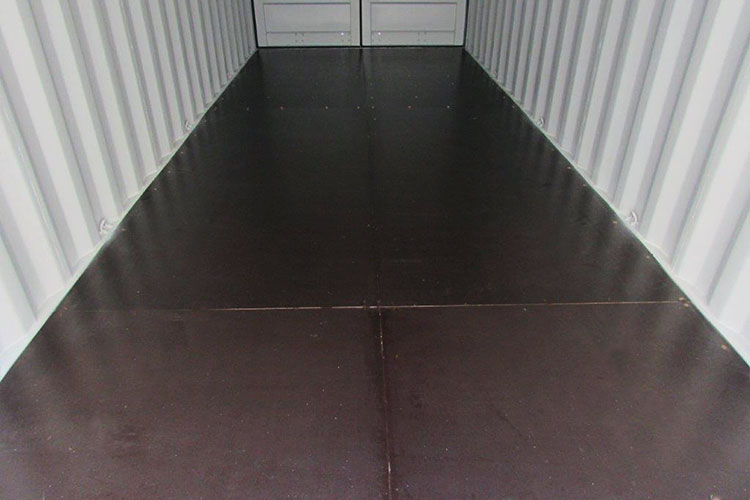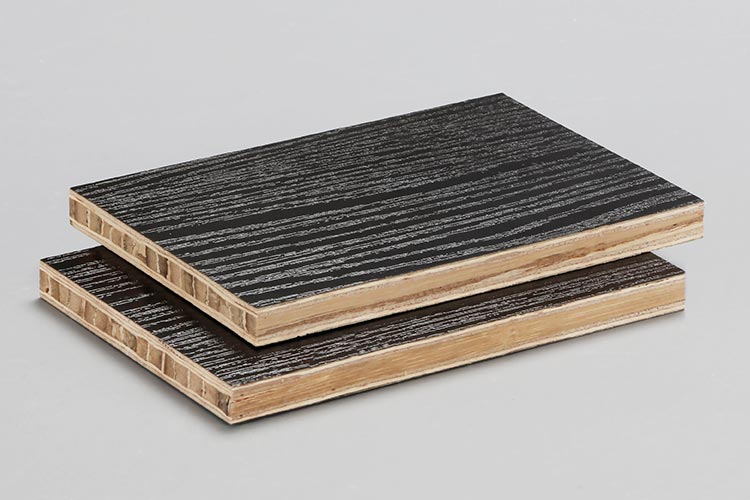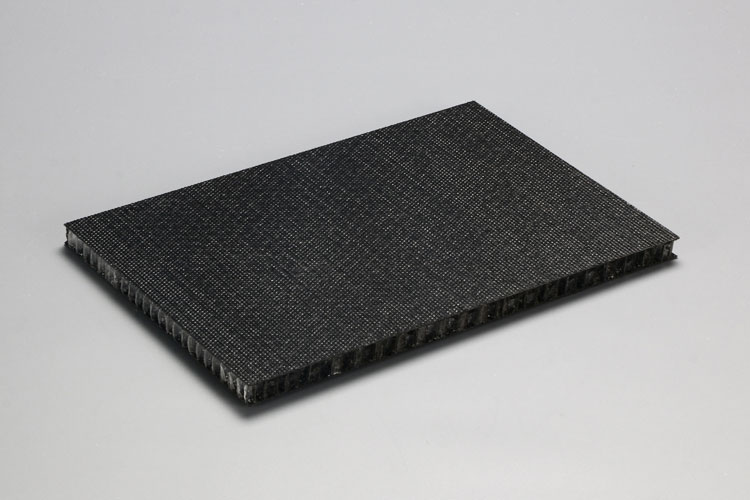
Shipping container floors need to have the characteristics of being used in harsh environments such as severe moisture at sea. They must be waterproof, moisture-proof, anti-corrosion, and insect-proof. To ensure the safety of the cargo and the structural integrity of the container during sea transport.
How to choose container flooring?
- Strength: The container floor must be strong enough to withstand the weight of the cargo, as well as the impacts that may occur during transportation.
- Wear-resistant: The materials used for container floors must be durable enough to maintain their performance over multiple uses and shipments.
- Moisture-proof: Since containers may be transported in different climate conditions, floors need to be moisture-proof treated to prevent moisture absorption, swelling or mold growth.
- Non-slip: Floor surfaces need to be designed to be non-slip to prevent goods from sliding during transport.

New Container Floors
Traditional flooring materials are mostly hardwood or plywood. In addition to being expensive, after long-term use, problems such as surface scratches, deformation, cracking, and even rot will occur, and they are difficult to repair. We launched two new types of composite flooring materials that can be a good alternative to hardwood floors – bamboo plywood panels and non-slip thermoplastic honeycomb panels.
bamboo plywood Sandwich panels
The bamboo plywood sandwich panel is a composite panel that combines bamboo, plywood, and HPL (high-pressure laminate) sheets. It combines the strength and toughness of bamboo with the diverse textures of wood to achieve practical performance and decorative effects. This is an affordable option.
non-slip thermoplastic honeycomb panels
The anti-slip thermoplastic honeycomb panel is a composite material combining PP honeycomb core and CFRT (continuous fiber thermoplastic reinforcement). It has ultra-high compressive and flexural strength, its strength is far higher than that of wood, and its weight is much lower than wood. In addition, it will not deform, rot, or absorb water, making it a floor material with stable performance. The anti-slip texture on its surface has huge friction resistance.


